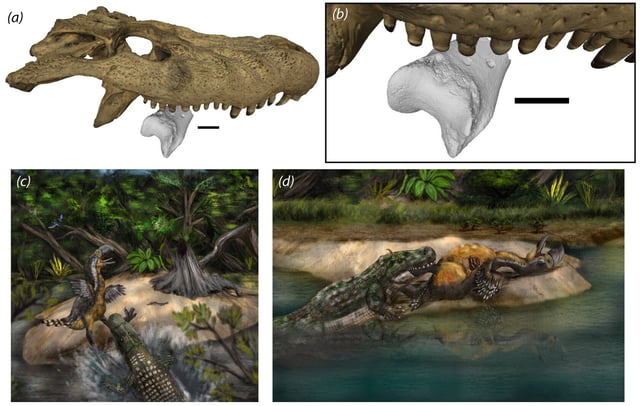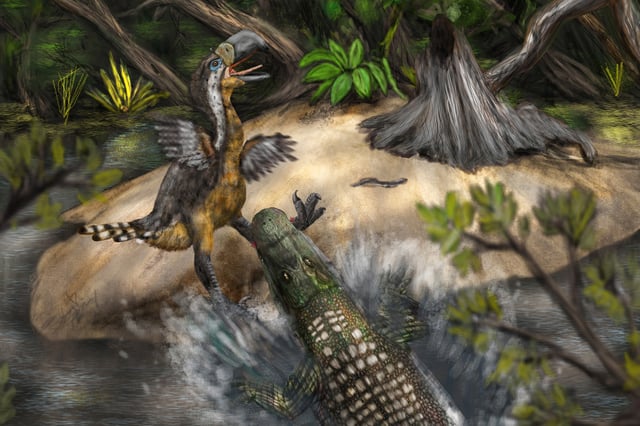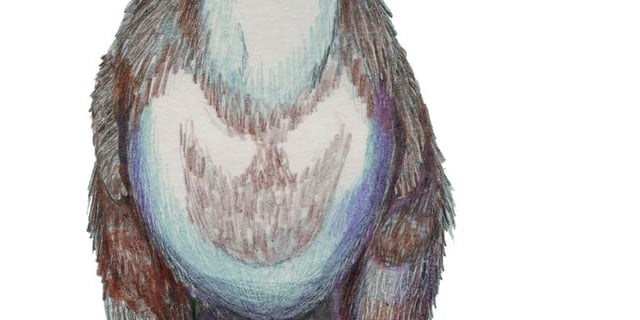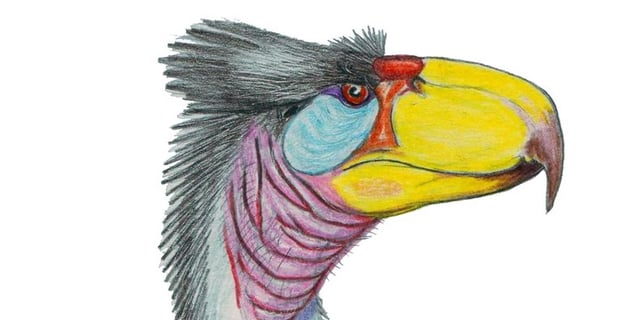Overview
- Researchers identified four deep divots on a 13-million-year-old phorusrhacid leg bone and matched them to the dentition of Purussaurus neivensis.
- The lack of bone healing around the tooth marks indicates the bird died during or shortly after the crocodilian attack or scavenging event.
- Andrés Link and colleagues employed 3D surface scanning and digital modeling to compare the fossil scars with known crocodyliform teeth.
- The discovery shows that even apex terrestrial predators faced significant risks when approaching water margins of the Middle Miocene Pebas wetland system.
- Direct evidence of predation between two apex predators enriches understanding of complex food webs in ancient northern South American ecosystems.



